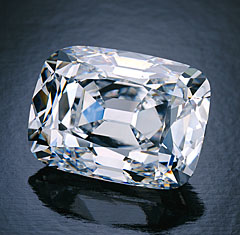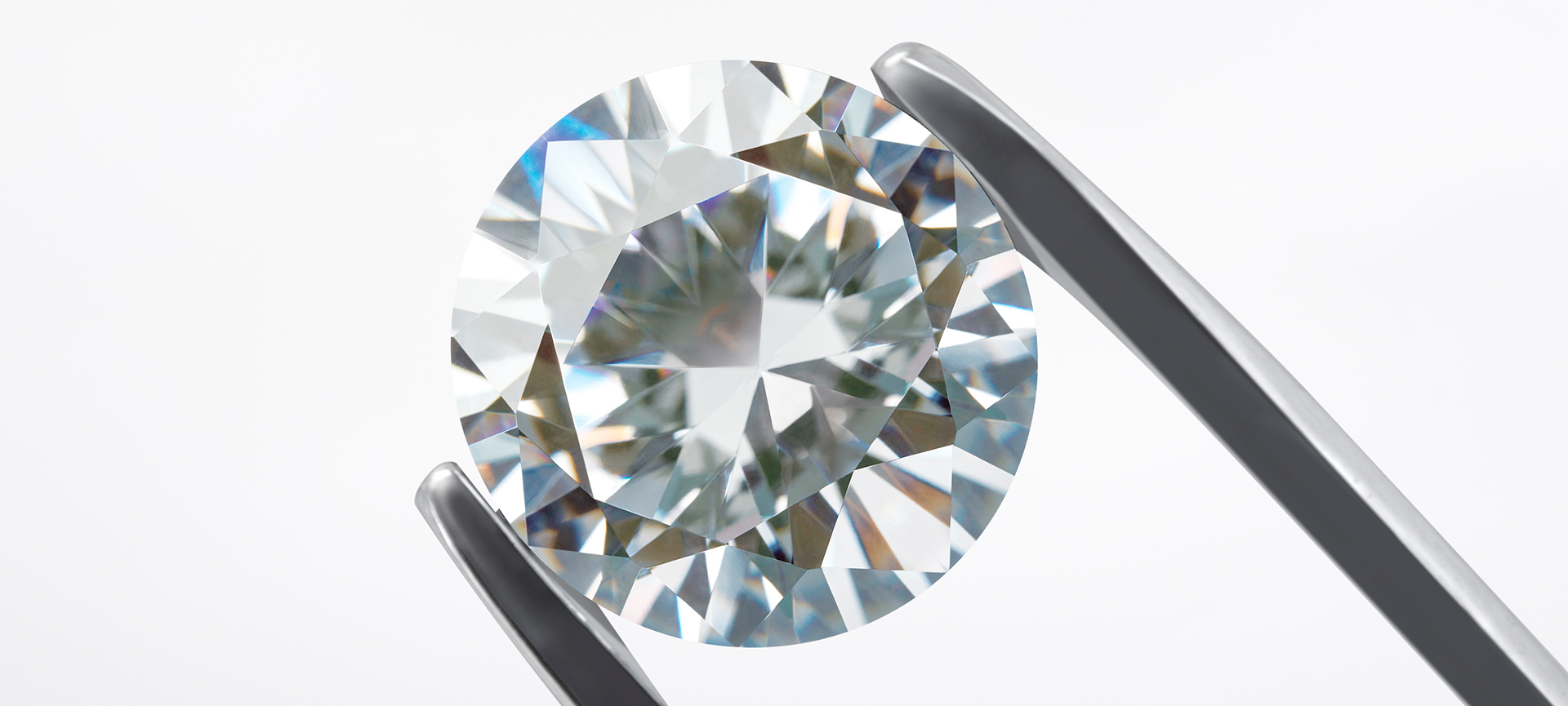Part 1 – An Industry without Standards or Formal Education
Though diamonds and other gemstones have been collected and coveted for many centuries, it has taken almost as long for diamond cutters and jewelers to learn how to reveal a gemstone’s inner beauty.
As early as the 1300s, European stone cutters were changing crystals by polishing their faces so that no natural irregularities of the original crystal remained. While this type of polishing and cutting did allow light to reflect off the outer surface, the fire and brilliance remained hidden inside. Small changes introduced over the next few centuries made diamonds more interesting, but still hid the potential of diamonds to return light as we know it today. (more…)




